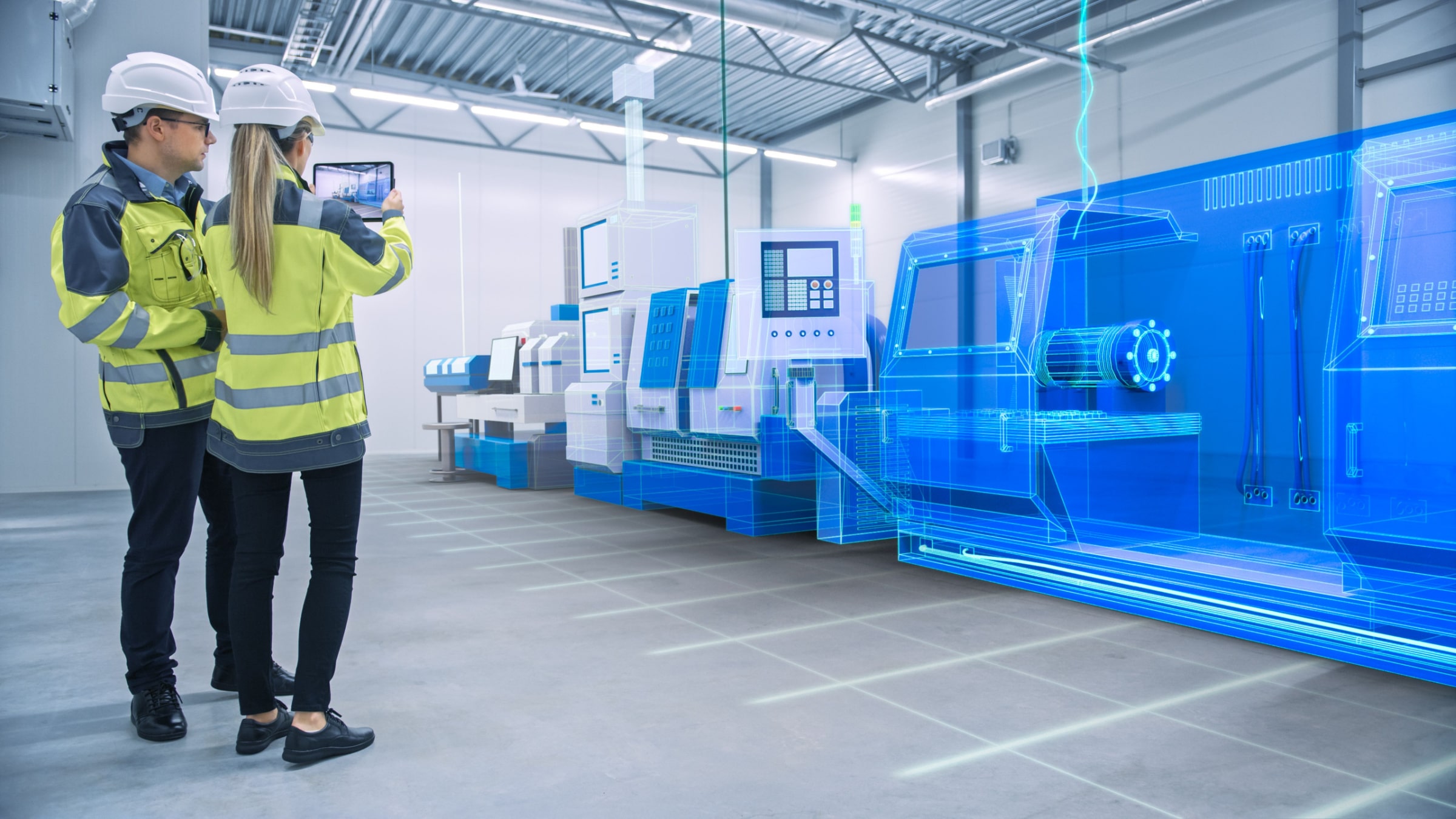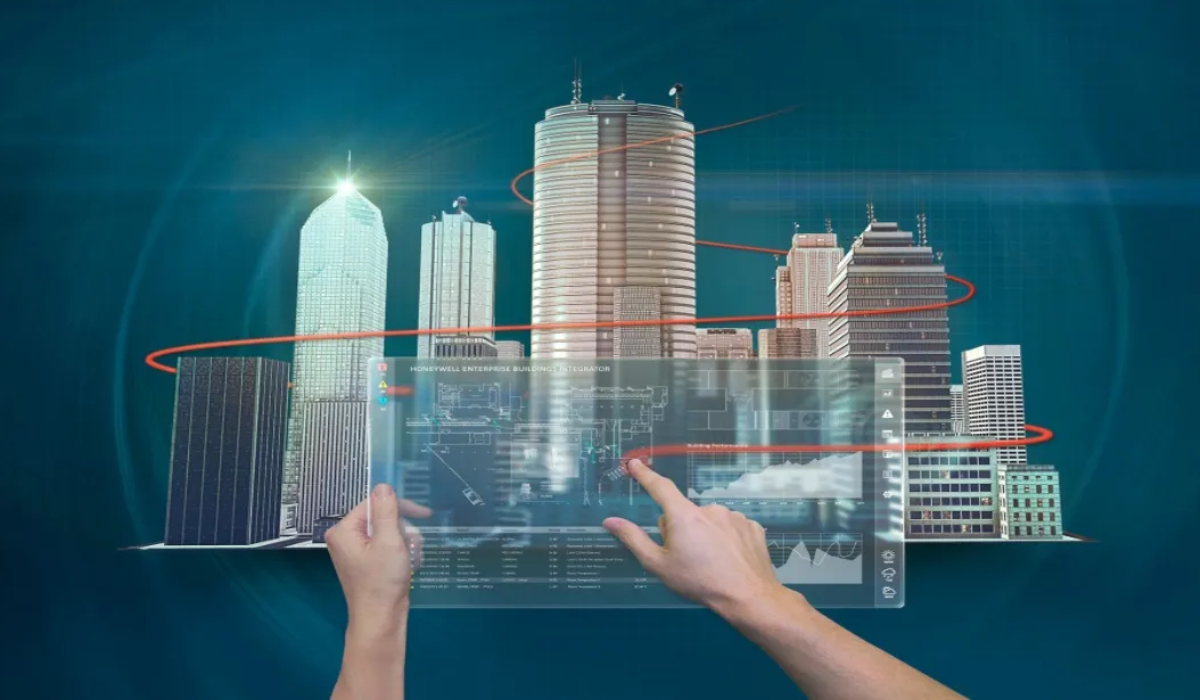Asset and Facility Management in the Digital Era
The technological revolution is transforming the way companies manage their assets and facilities. At the heart of this change are digital twins, the Internet of Things (IoT), and process digitization. These technologies are taking asset management and project management to new levels of efficiency, reducing costs, and opening new optimization possibilities.
In this article, we explore how these tools are changing the business landscape and why their implementation is key to staying competitive in the digital age.
1. Digital Twins: A Virtual Representation for Real-Time Monitoring
Digital twins are virtual models that precisely replicate physical assets, allowing companies to monitor and simulate their operation in real-time.
Key benefits include:
- Continuous Monitoring: Thanks to connected sensors, digital twins collect real-time data on asset condition and performance. This allows anomalies to be detected and failures to be anticipated before they occur, preventing unplanned disruptions.
- Scenario Simulation: Digital models enable the simulation of different operational scenarios to anticipate the impact of strategic decisions, such as design changes or adjustments in production processes.
- Predictive Maintenance: With historical and real-time data, digital twins facilitate proactive maintenance planning, optimizing resources and reducing operational costs.
A clear example of its application is in manufacturing, where these tools help prevent unexpected downtime and optimize workflow.
You might be interested in: Digital Twins and AI: Transforming Industrial Operations
2. IoT: The Data Engine for Asset Management
The Internet of Things (IoT) connects devices and sensors to collect real-time data on asset and facility operations. This technology is essential for powering digital twins and optimizing asset management.
IoT advantages:
- Process Automation: IoT enables the automation of tasks such as fault detection and repair scheduling, reducing manual intervention and improving operational efficiency.
- Accurate Data Collection: Sensors installed in assets gather critical information such as energy consumption, temperature, or component wear, providing a clear view of operations.
- Energy Optimization: In smart buildings, IoT devices enable more efficient energy consumption management, reducing costs and improving sustainability.
For example, in facility management, IoT helps optimize the use of space and resources, ensuring a more efficient work environment.
3. The Synergy Between Digital Twins and IoT: An Intelligent Ecosystem
When digital twins and IoT combine, they create an intelligent ecosystem that maximizes operational efficiency.
Practical cases:
- Preventive Maintenance: An industrial machine equipped with IoT sensors sends data to its digital twin. By identifying wear patterns, managers can schedule maintenance before failures occur, preventing costly downtime.
Learn more at: What Is Predictive Maintenance and Why Does Your Business Need It?
- Smart Buildings: In facility management, this synergy enables energy optimization, automatic climate control adjustments, and improved occupant experiences.
- Complex Project Management: In construction projects, digital twins and IoT facilitate the coordination of different disciplines and anticipate issues before they arise, optimizing resources and reducing delays.
This combination also fosters more informed decision-making by providing real-time data and precise simulations.
4. Strategic Advantages of Digitalizing Asset Management
Digital transformation brings significant benefits for companies that implement these technologies. Among them:
- Cost Reduction: By preventing failures and optimizing processes, organizations can reduce operational and maintenance expenses.
- Greater Efficiency: Automation and data-driven management improve response times and maximize asset performance.
- Sustainability: Optimizing energy consumption and better resource utilization reduce environmental impact, aligning with corporate sustainability goals.
- Continuous Innovation: These tools allow companies to quickly adapt to market changes and foster innovation in their operations.
5. Preparing Your Business for the Digital Era
Implementing digital twins and IoT requires strategic planning. Here are some key steps:
- Assess Your Current Resources: Determine whether your assets and facilities have the necessary technology to collect data.
- Train Your Staff: Ensure your team is prepared to manage and analyze data from these tools.
- Integrate Systems: Invest in platforms that centralize information and enable unified asset management.
- Start with Pilot Projects: Begin with small projects to measure results and adjust implementation before scaling across the organization.
Conclusion: Asset Management in the Digital Era
The combination of digital twins, IoT, and digitization tools is revolutionizing asset and facility management. These technologies not only improve operational efficiency and reduce costs but also prepare companies for the challenges of an increasingly competitive and digitalized business environment.
At Foundtech, we are committed to helping you leverage these tools to optimize your operations and ensure the success of your projects.
Are you ready to take your asset management to the next level?



